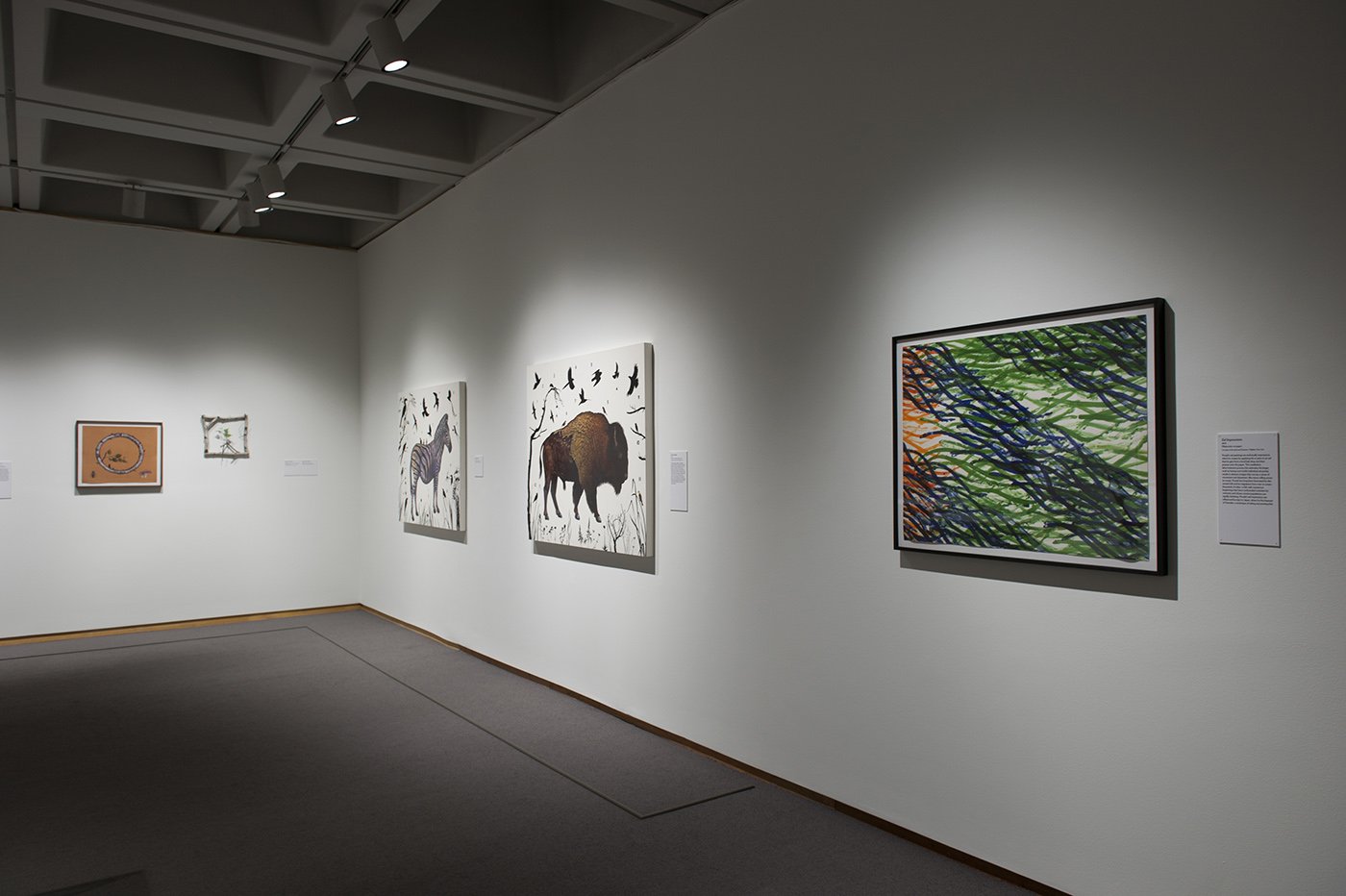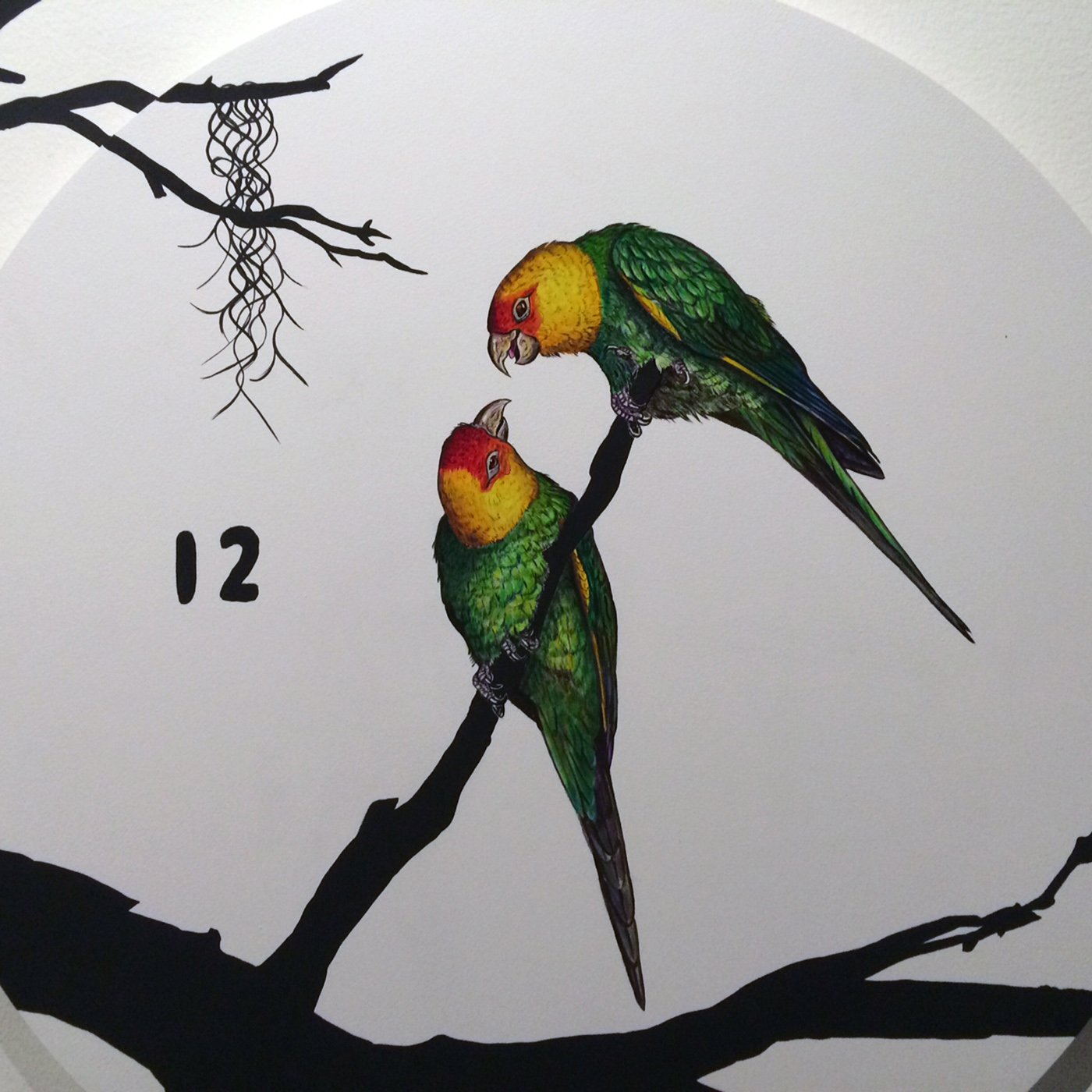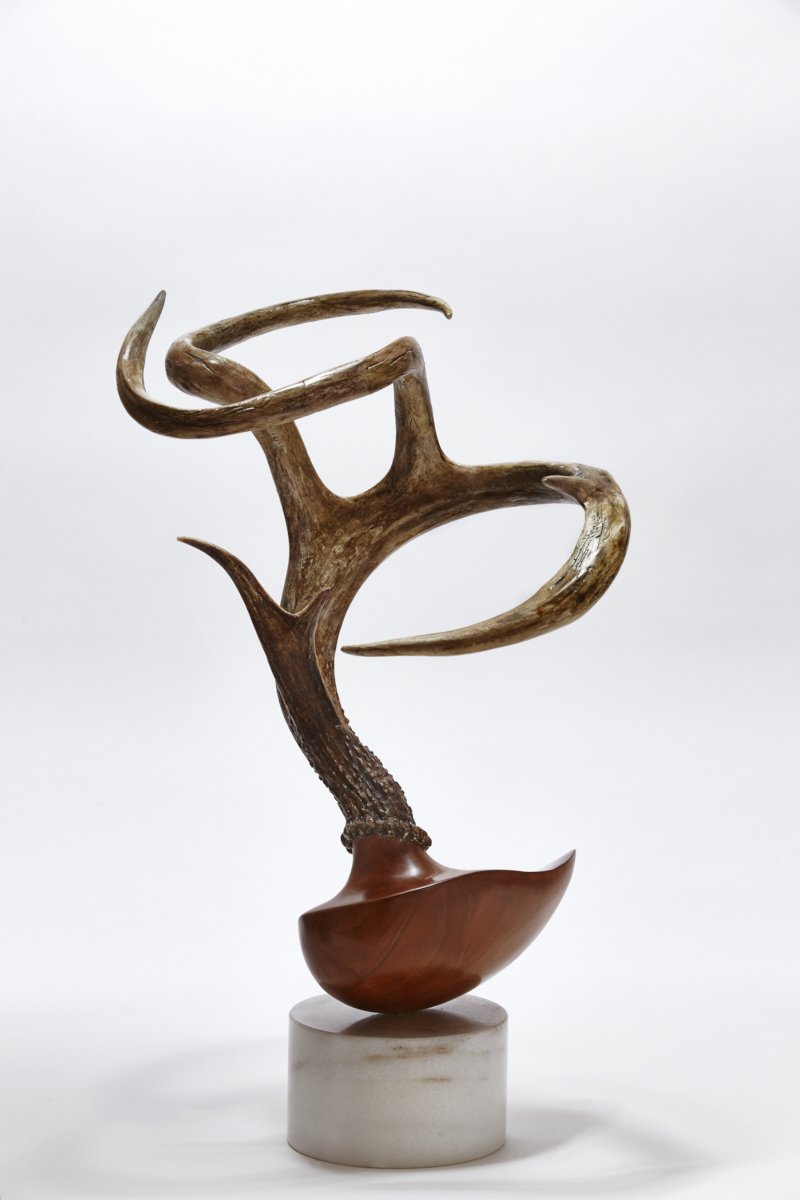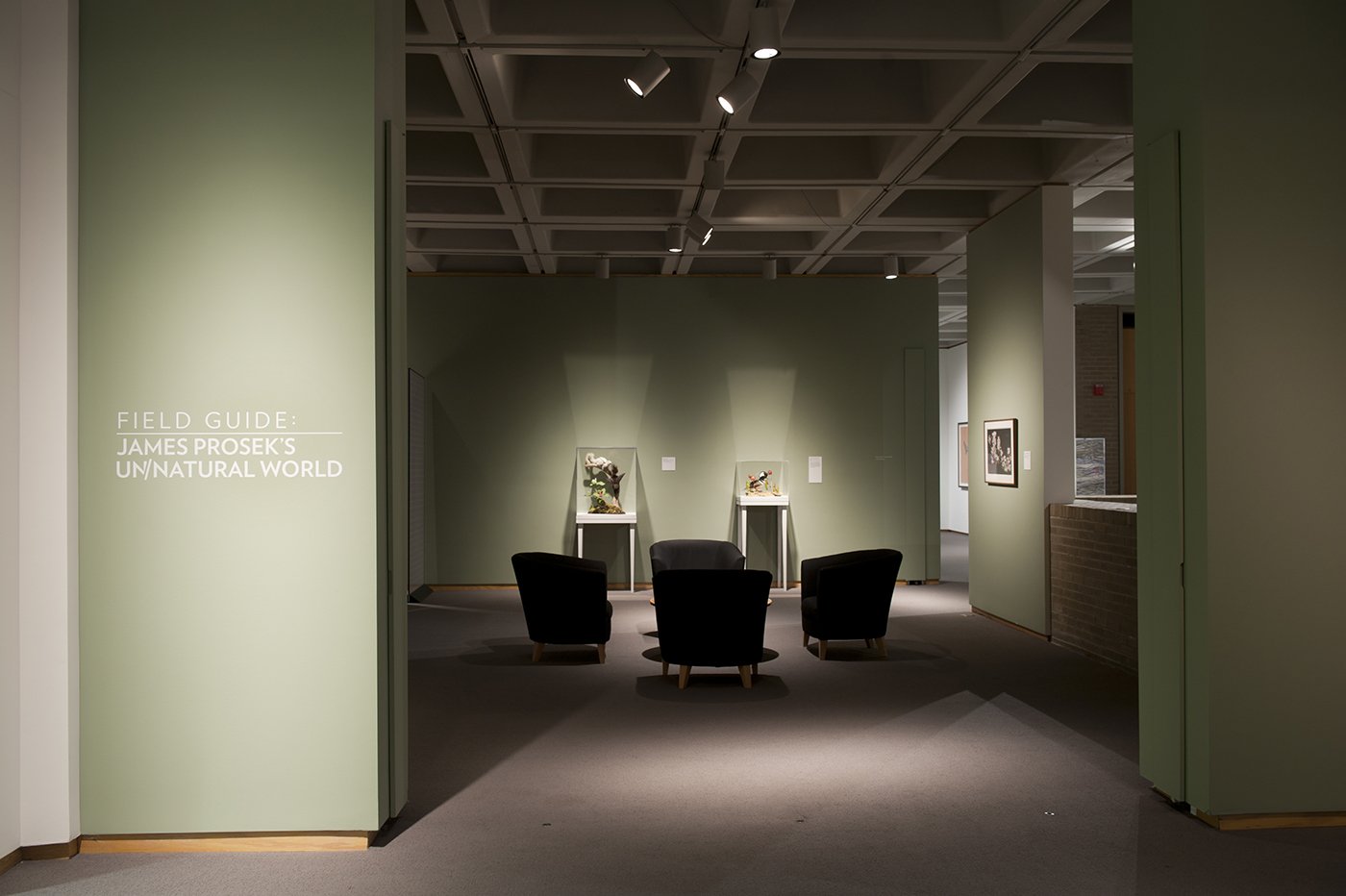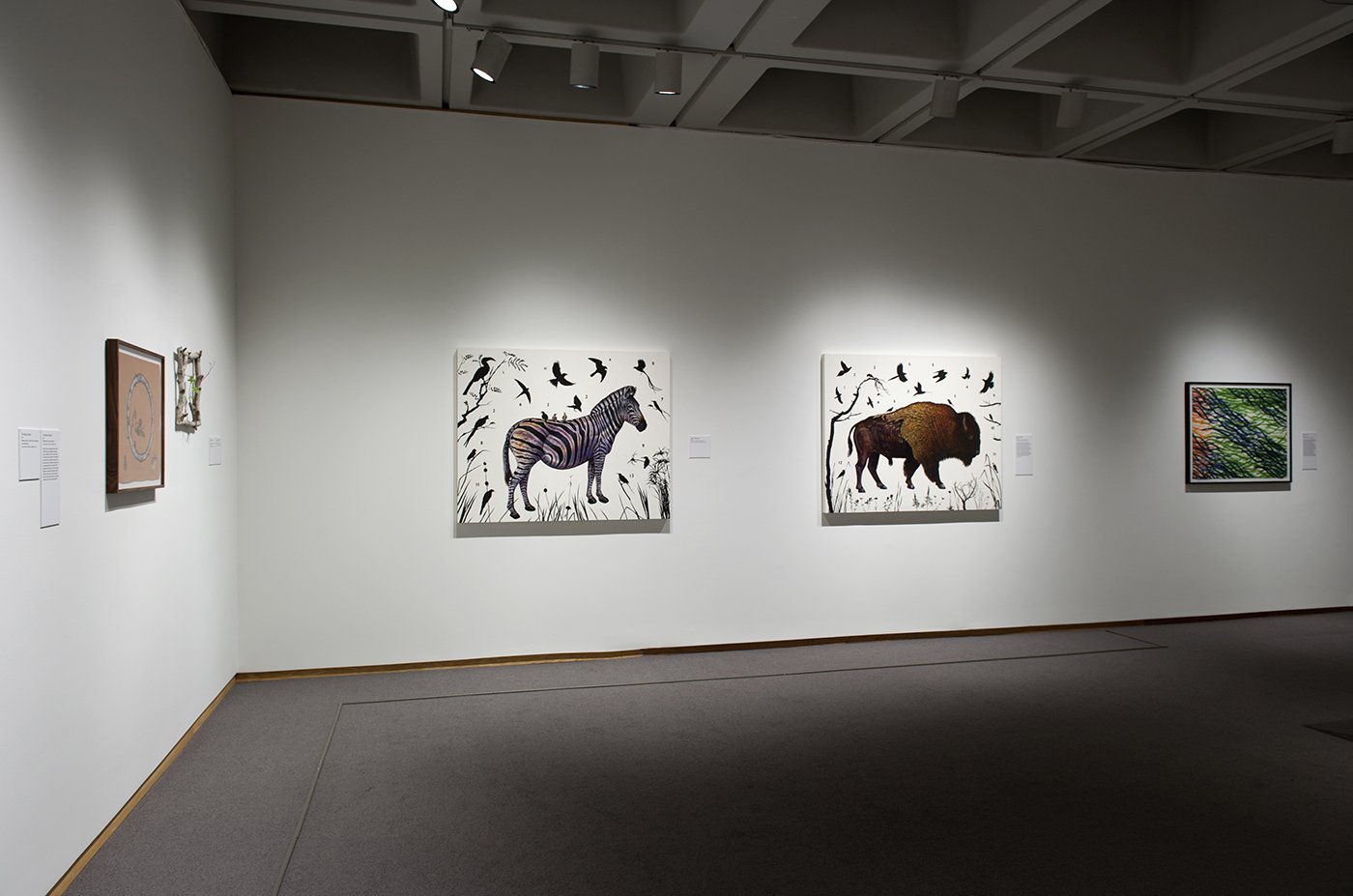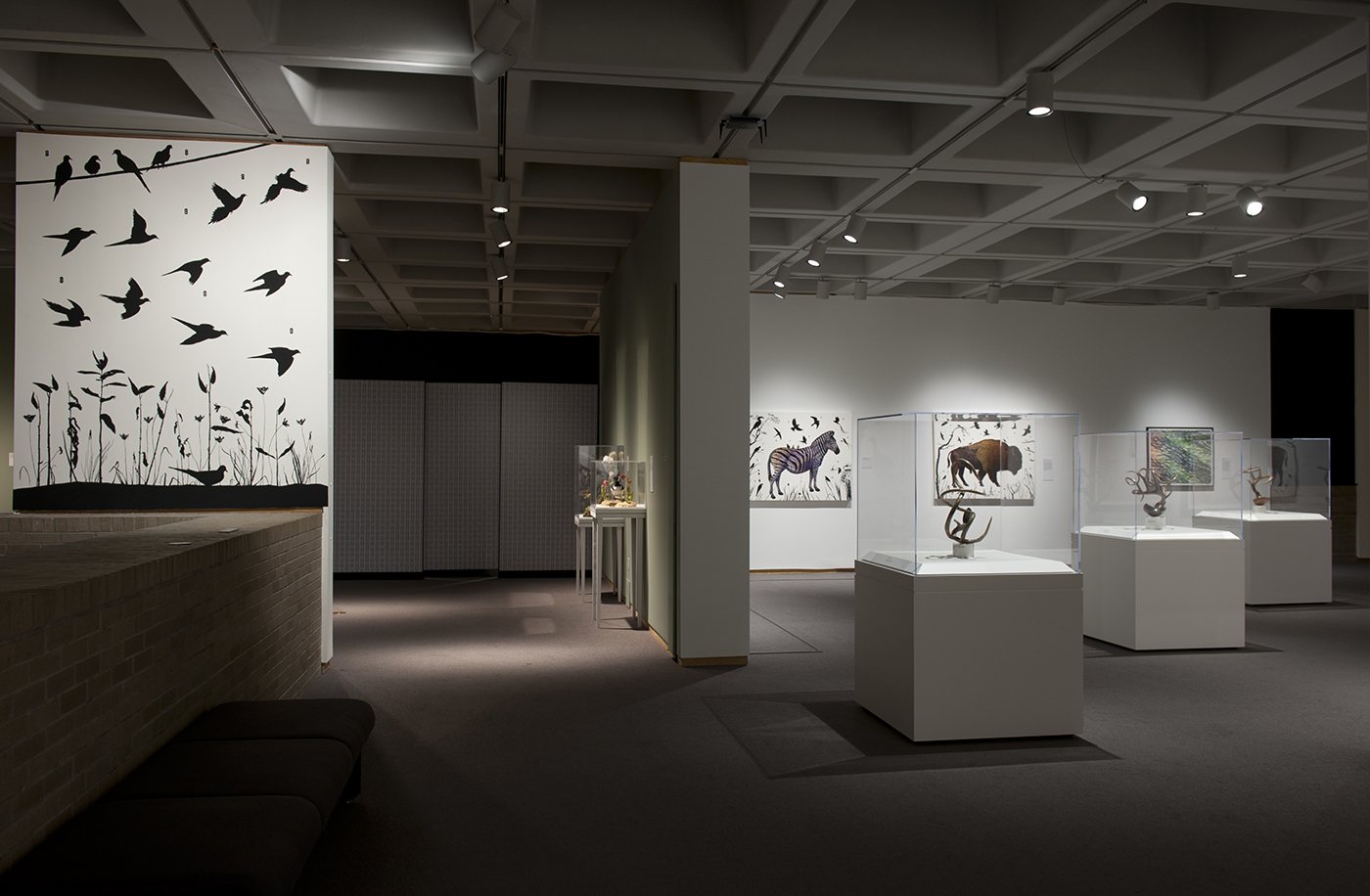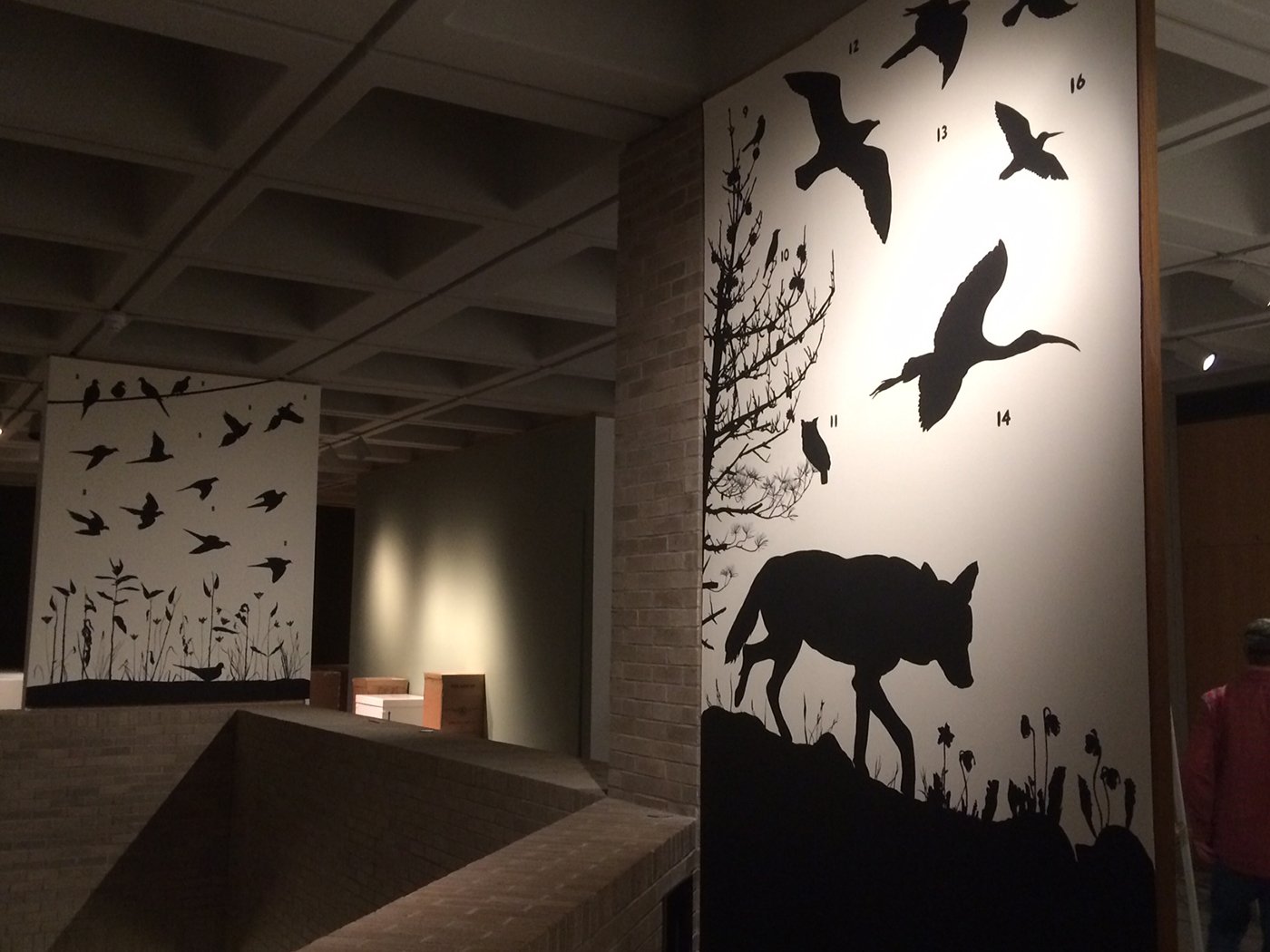North Carolina Museum of Art
Often described as a contemporary Audubon, James Prosek (American, born 1975, lives and works in Easton, Connecticut) interprets and depicts the natural world through the lens of his personal experiences. Self-taught artist, natural historian, writer, world traveler, and adventurer, Prosek has observed wildlife in a diverse variety of habitats, including Turkey, Micronesia, Zimbabwe, the Bahamas, the Eastern Seaboard, and the American West.
His paintings, drawings, and sculptures explore the human need to classify and categorize nature as a way to understand it. At once startlingly realistic and skillfully manipulated, his meticulous renderings of birds, fish, and mammals move beyond illustration into artistically interpreted portraits that capture the essence and personalities of his subjects and often provide provocative commentary on current environmental issues.
Organized by the North Carolina Museum of Art. This exhibition is supported by the Duke Energy Education Endowment Fund. This exhibition is also made possible, in part, by the North Carolina Department of Cultural Resources; the North Carolina Museum of Art Foundation, Inc.; and the William R. Kenan Jr. Endowment for Educational Exhibitions. Research for this exhibition was made possible by Ann and Jim Goodnight/The Andrew W. Mellon Foundation Fund for Curatorial and Conservation Research and Travel.
Curated by Linda Johnson Dougherty
Chief Curator and Curator of Contemporary Art
A Visit to James Prosek’s Studio
The exhibition Field Guide: James Prosek’s Un/Natural World is open in East Building and runs through August 2. I visited Prosek in his studio in eastern Connecticut, just down the road from his childhood home.
Walking into James Prosek’s studio is like visiting the research office of a world explorer (which, in fact, he is). It’s filled with stacks and stacks of art and travel books and scientific journals, and everywhere you turn there are sketches, models, paintings in progress, and handwritten notes for future books and articles. Interspersed with all of this are his art materials: the expected pencils, ink, watercolors, paint, paper, and canvas—and the unexpected antlers, bones, shells, drill bits, clay flowers, moss, and taxidermied birds and animals.
An amazing self-taught polymath, Prosek has learned to do taxidermy, often using roadkills that his friends bring him and that he keeps in a freezer in his garage. During my recent visit, he showed me his process for making “Eel Impressions,” large abstract works on paper. He ran and got an eel out of his freezer, thawed it under hot water, painted it with watercolor paint, and pressed it repeatedly onto a sheet of paper on the floor. Then he washed the eel and put it back in the freezer to wait for the next work.
Often described as a contemporary Audubon, Prosek uses his paintings, drawings, and sculptures to interpret the natural world. He has observed wildlife in places as varied as Turkey, India, Zimbabwe, the Bahamas, and the American West and has gone on biological expeditions for natural history museums and done field research for National Geographic. His firsthand knowledge of the natural world has resulted in books and articles on topics ranging from trout to eels to clownfish. At age 11, when he could not find a comprehensive book on trout (he wanted something similar to Audubon’s book of birds), he started doing the research himself, which resulted in the publication of his first book, Trout: An Illustrated History, when he was a 19-year-old junior majoring in English literature at Yale.
Prosek’s paintings are not straightforward documentation or illustration. Instead they are an amalgam of his memories, experiences, and imagination, incorporating elements from his own sketches and photographs along with references to works by other artists who depict the natural world, such as Albrecht Dürer, Martin Johnson Heade, Thomas Moran, and George Catlin. His recent portrait of a bison was inspired by a painting by Albert Bierstadt, Buffalo Head (1879), that he saw at the Whitney Western Art Museum in Cody, Wyoming, while on his way to see the real bison in Yellowstone.
Prosek says art and science are both about observation of the world around us, and that creating art is a way to help you really see something and also remember it. He views the scientific system of classification as our way of trying to make sense of the natural world. Naming a thing is a way to try to control it—whereas he sees nature as constantly morphing and changing, eluding naming, classification, order, and control, and he tries to present that sense of fluidity in his art. In his words: “Naming is a necessary act in communicating about the natural world, and an essential part of being human, but it also has great limitations in expressing the real nature of reality—which Darwin exposed to us with his accounts of the ever-evolving origins of species. Ours is a fluid, continuous, chaotic, and ever-changing world.”
Linda Johnson Dougherty
Chief Curator and Curator of Contemporary art at the NCMA.
Organized by the North Carolina Museum of Art. This exhibition is supported by the Duke Energy Education Endowment Fund. This exhibition is also made possible, in part, by the North Carolina Department of Cultural Resources; the North Carolina Museum of Art Foundation, Inc.; and the William R. Kenan Jr. Endowment for Educational Exhibitions. Research for this exhibition was made possible by Ann and Jim Goodnight/The Andrew W. Mellon Foundation Fund for Curatorial and Conservation Research and Travel.
March 7 – August 2, 2015
Field Guide: James Prosek's Un/Natural World
East Building, Level B, Studio 3
2110 Blue Ridge Road
Raleigh, North Carolina


















